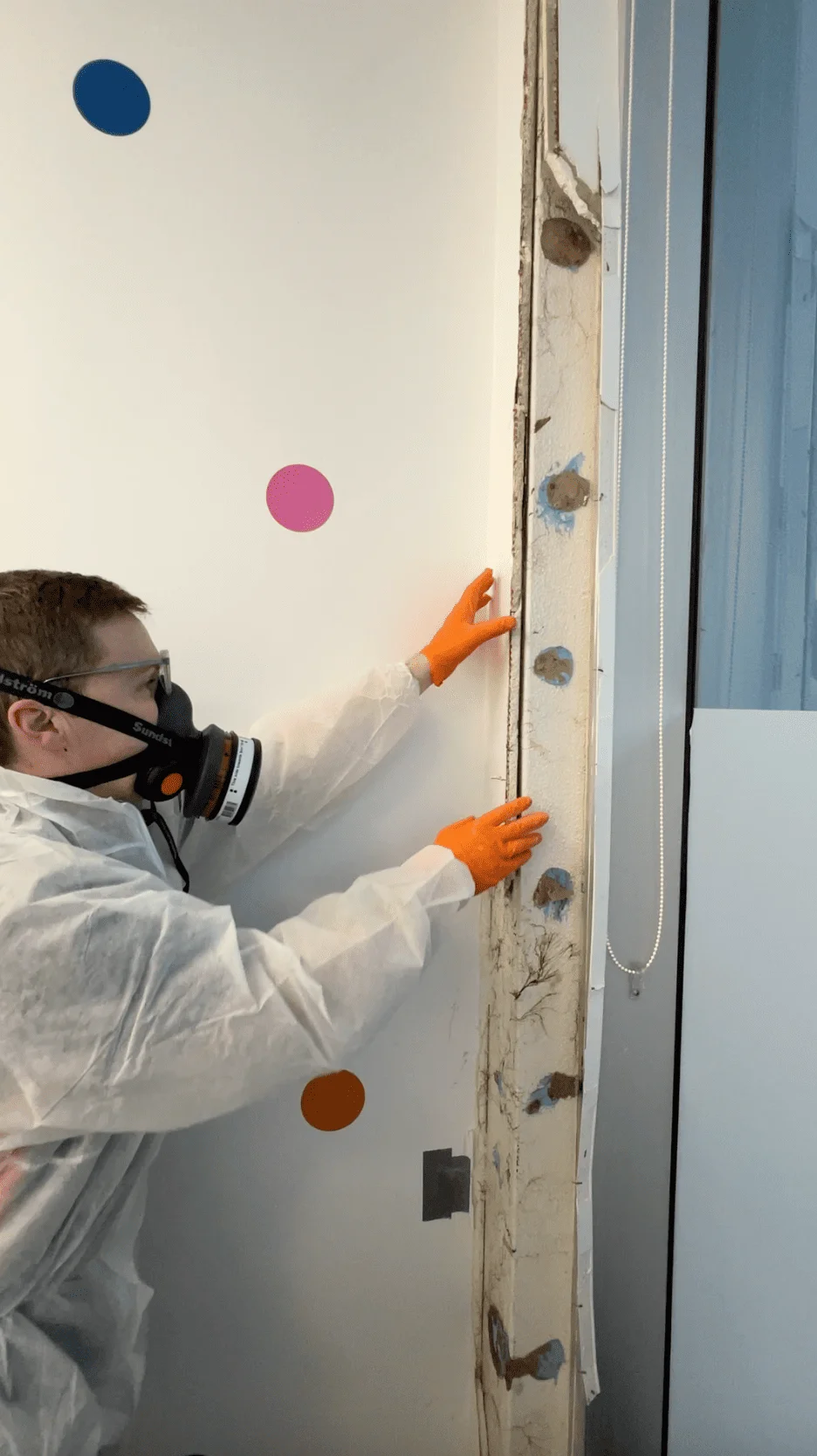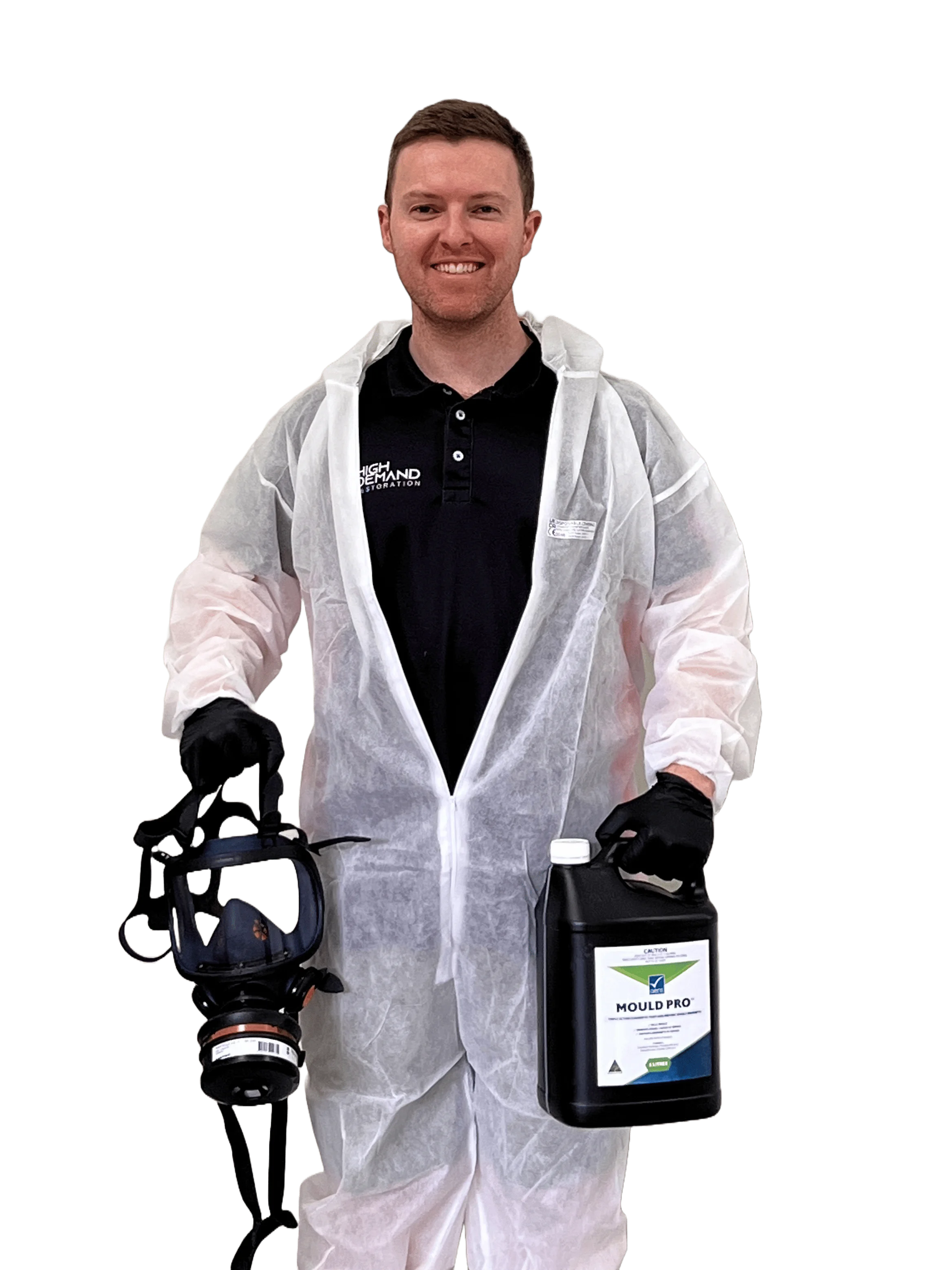Why Do We Recommend Physical Mould Removal Instead of Just Spraying?
When we carry out mould remediation, we typically recommend physically removing the mould rather than relying on sprays alone. This can involve cutting out plasterboard, sanding timber, or grinding affected materials.

You might be wondering—why is physical removal so important?
Our technicians are trained and certified to the IICRC S520 Standard for Professional Mould Remediation, and we follow the methods endorsed within that standard.

Below are some key extracts from the S520 that explain the reasoning behind this approach:
S520 – Page 24
Section 1: Principles of Mould Remediation → 1.4 Contamination Removal
Physically removing mould contamination is the primary means of remediation. Mould contamination should be physically removed from the structure, systems, and contents.”
“Attempts to kill, encapsulate, or inhibit mould instead of proper source removal generally are not adequate.”
S520 – Page 25
Section 2: Mould Cleaners, Antimicrobial Chemicals, and Coatings as Remediation Tools → 2.1.1 Limitations of Use
“No liquid product (antimicrobials, stain removers, and cleaning solutions) should be used as an alternative to the physical removal of mould contamination.”
The S520 clearly places physical removal at the top of the hierarchy for proper mould remediation. Sprays, antimicrobials, and coatings can be useful supporting tools, but they should never replace the physical removal of contaminated materials.

In short, wherever possible removing the mould is what solves the problem—spraying alone can be less effective.
